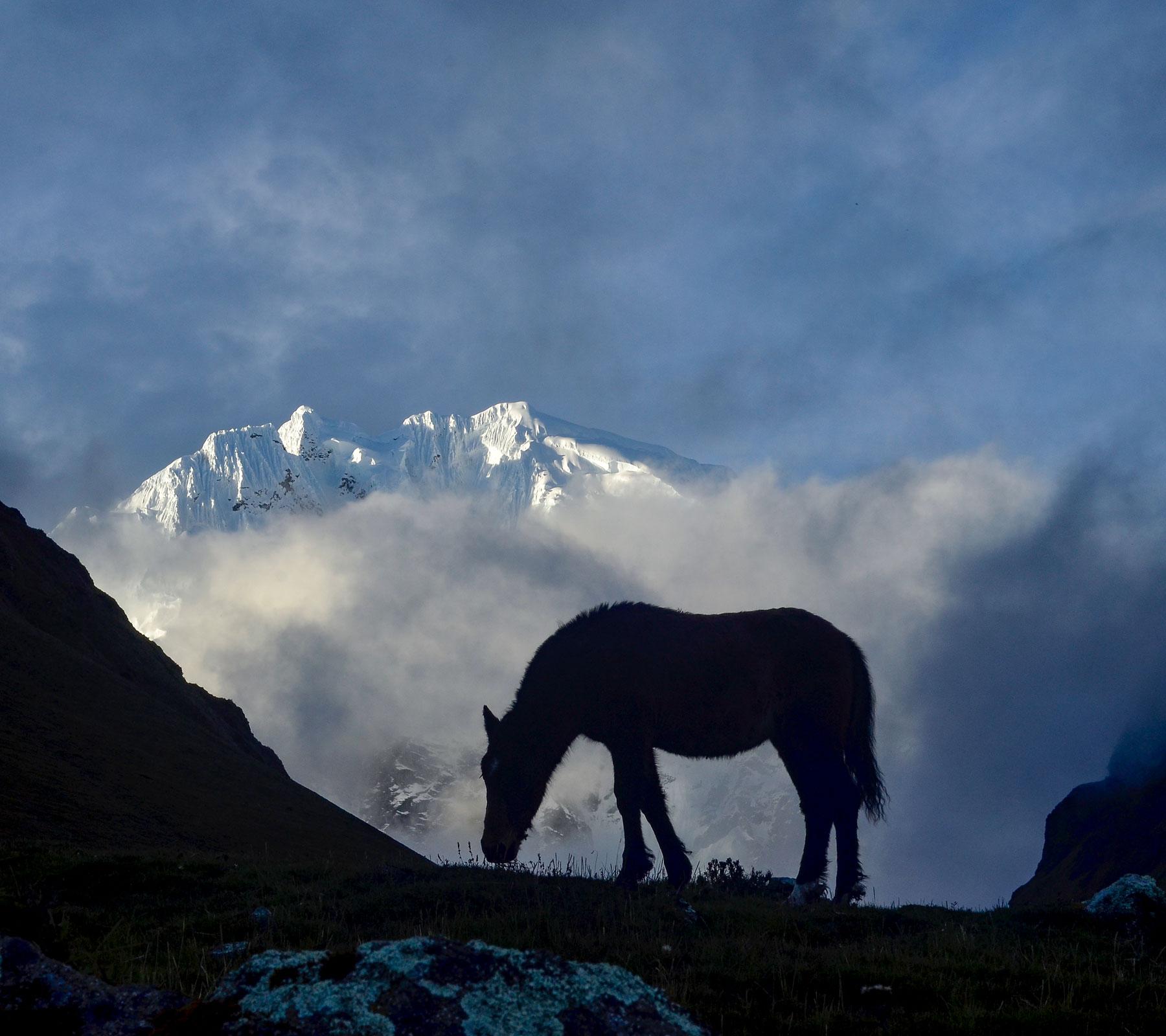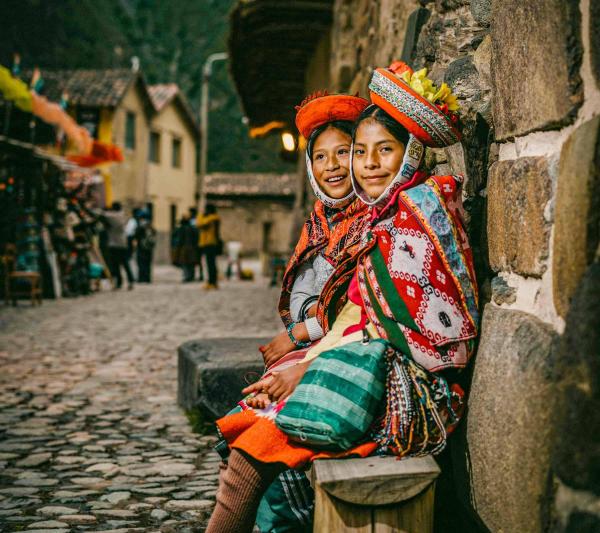-
The Salkantay Trek is a traditional and scenic alternative to the more famous Inca Trail, offering breathtaking views of diverse landscapes filled with rich flora and fauna. This trek is a favorite among adventure enthusiasts and leads to the iconic Inca citadel of Machu Picchu.
The Salkantay Trek has been recognized by National Geographic Adventure Travel as one of the top 25 treks in the world, making it a must-do for trekking enthusiasts.
Concerned about the difficulty of the trek? Many travelers find it more challenging than the Inca Trail, but the rewards are well worth the effort. The stunning scenery along the route makes it an unforgettable experience. With the answers provided in the following Salkantay Trek FAQs, you'll be well-prepared for the journey.
Best Time of Year for the Salkantay Trek
-
The Peruvian Andes experience two main seasons:
Dry Season: Late April to early October.
Wet Season: Mid-October to April.
-
Although the trek can be completed year-round, the peak trekking season coincides with the dry months, especially from May to September. For ideal conditions, consider planning your trek from the transitional months of March/April through to October/November.
Salkantay Trek Weather
-
The Salkantay Trek covers diverse terrains at varying altitudes, leading to a wide range of weather conditions. The most challenging area is the Salkantay Pass, where temperatures can drop below freezing, particularly at the Soraypampa camp. Other camps along the route are warmer, especially those near the cloud forest.
Month-by-Month Weather:
-
October to March: Rainy season with sunny days around 19°C and nights at about 4°C. However, expect frequent rain showers.
April to September: Dry season with daytime temperatures of 18°C and nights dropping as low as -10°C.
-
The coldest section of the trek is at the Salkantay Pass, where temperatures can plummet to -10°C. As you descend towards Aguas Calientes, the
-
climate becomes tropical, with daytime temperatures reaching 26°C and nights around 12°C.
How Cold Is the Salkantay Trek?
-
Temperatures throughout the trek vary significantly, with warm days (above 20°C) and cold nights (sometimes below freezing). To stay comfortable, it's essential to dress in layers, as detailed in the equipment packing list below.
How Long Is the Salkantay Trek?
-
The Salkantay Trek covers approximately 74 km (46 miles) and is typically completed over five days, averaging about 12 km per day.
Day 1: Mollepata to Soraypampa - 13 km, 7 hours
Day 2: Soraypampa to Chaullay - 22 km, 10 hours
Day 3: Chaullay to La Playa - 16 km, 5 hours
Day 4: La Playa to Aguas Calientes - 19 km, 10 hours
Day 5: Aguas Calientes to Machu Picchu - 4 km, 2 hours
-
How Difficult Is the Salkantay Trek?
-
The Salkantay Trek is considered challenging, particularly for those unfamiliar with high-altitude trekking. The toughest part is the Salkantay Pass, sitting at 4,650 meters (15,255 feet) above sea level, where altitude, cold winds, and steep ascents make for a demanding experience. Altitude sickness is a possibility, but symptoms usually subside once you descend. Oxygen is available if needed. Overall, the trek is slightly harder than the Inca Trail but easier than routes like Choquequirao.
What Is the Altitude of the Salkantay Trek?
-
The trek's altitudes range from a low of 2,200 meters at the final camp to a high of just over 4,600 meters at the Salkantay Pass. At these heights, oxygen levels are significantly lower than at sea level, which can affect your breathing and energy levels. It's advisable to spend a couple of days in Cusco (at 3,300 meters) before the trek to acclimatize.
Is the Altitude a Problem?
-
Altitude affects everyone differently. While locals are acclimatized, visitors might experience altitude sickness. Spending 2-3 days in Cusco before the trek, drinking plenty of water, and avoiding alcohol can help. Coca leaves, whether chewed or in tea, are also beneficial for adjusting to the altitude.
Salkantay Trek Altitude Sickness
-
Altitude sickness is unpredictable and not necessarily related to age, fitness, or gender. To mitigate its effects, acclimatization is key. Spend at least two days in Cusco or the Sacred Valley before starting the trek to help your body adjust. Staying hydrated and resting often can also help alleviate symptoms.
Can I Hike the Salkantay at Any Time?
-
While the trek is open year-round, the rainy season (especially mid-January to the end of February) can make the trail risky. Trekking companies may cancel the trek during this period if safety is a concern.
Does the Salkantay Trek Close in February?
-
Unlike the Inca Trail, which closes for maintenance every February, the Salkantay Trek remains open year-round. This makes it a great alternative during the Inca Trail's closure.
When to Book the Salkantay Trek?
-
Booking the Salkantay Trek in Advance or Once in Cusco?
-
While you can book the trek in Cusco, it's advisable to secure your spot in advance. Machu Picchu tickets, included in the trek, must be purchased ahead of time, so booking online before arriving in Cusco is recommended.
How Long Beforehand Should I Book the Salkantay Trek?
-
Due to the trek's growing popularity, it's wise to book 2-3 months in advance to avoid issues with securing Machu Picchu tickets and train reservations.
Booking the Salkantay Trail to Machu Picchu
-
Choose your preferred Salkantay package online, select your dates, and complete the booking process, including a 50% deposit. The final balance is paid upon arrival in Cusco. This deposit secures your Machu Picchu, bus, and train tickets, as well as ensures your participation in the trek.
How Much Is the Salkantay Trek to Machu Picchu?
-
The 5-day, 4-night Salkantay Trek costs around $600 per person, with more luxurious options available for up to $750 per person. Discounts are often available for minors and university students with a valid ISIC card.
Can I Hike the Salkantay Trail to Machu Picchu Without a Guide?
-
Unlike the Inca Trail, the Salkantay Trek currently has no permit restrictions, so it’s possible to hike independently. However, the Peruvian government may introduce regulations similar to those on the Inca Trail in the future. Hiking without a guide means organizing your own accommodation, meals, and transport, but it can be a more flexible and budget-friendly option.





